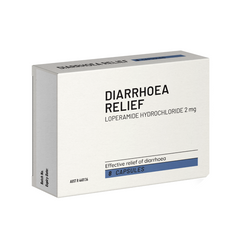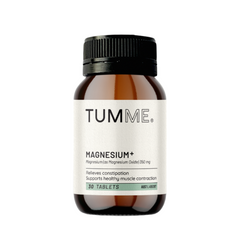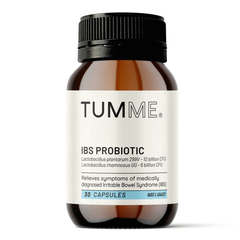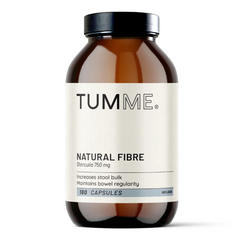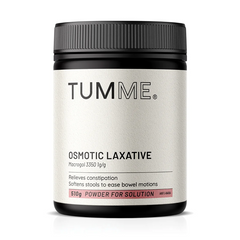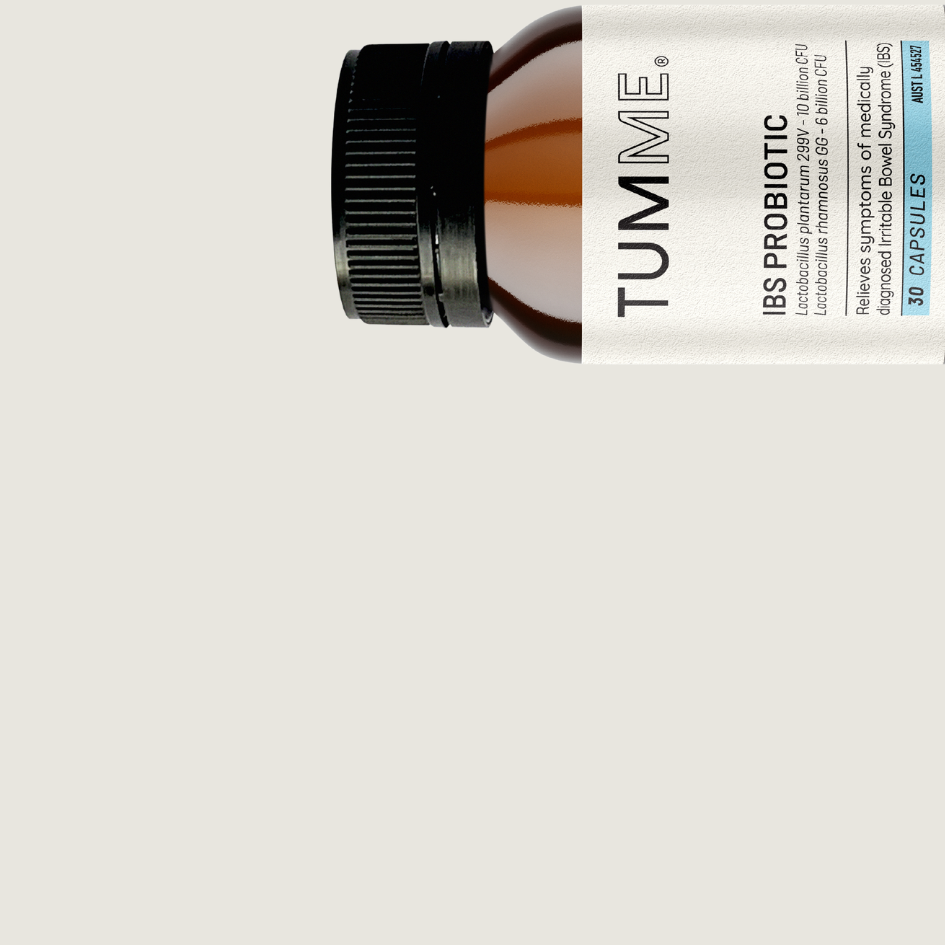(Spoiler: more isn’t always better… unless it’s the right kind)
Fibre has a bit of a halo around it, and for good reason. It’s the unsung hero of digestion, helping everything from regular bowel movements to blood sugar balance and even your gut microbiome.
But here’s the thing most people don’t realise: fibre isn’t one-size-fits-all. More isn’t always better, and not all fibre behaves the same way once it’s inside you. In fact, a few common fibre habits could be the very reason your gut still feels off, bloated, sluggish, or sensitive even when you’re “doing all the right things.”
Here are three of the biggest fibre mistakes we see (and how to fix them).
1. Thinking more fibre is always the answer
When digestion is sluggish or bloating creeps in, many people double down on fibre. More veggies, more seeds, more bran… surely that will sort things out, right?
Not necessarily. A sudden fibre overload can actually make things worse. When your gut isn’t used to handling high amounts, it can struggle to break it all down, leading to extra gas, cramping, and bloating. For sensitive guts or those with IBS, this “more is better” approach can backfire quickly.
✅ Fix it: Instead of loading up all at once, focus on consistent, gentle increases. Think of fibre like exercise for your gut. Build up gradually so your system adapts. And if you’re supplementing, choose a type that’s well tolerated and doesn’t ferment heavily (hello, Sterculia 👋).
2. Treating all fibre as the same thing
“Fibre” is often talked about as if it’s one simple nutrient. But it’s actually a whole family of different types and they don’t all work the same way.
-
Soluble fibre dissolves in water and forms a gel-like substance that slows digestion and softens stool.
-
Insoluble fibre adds bulk and helps things move through your digestive system.
-
Some fibres are fermentable, meaning they’re broken down by gut bacteria which is great for microbial diversity, but not always ideal if you’re prone to gas or IBS flare-ups.
✅ Fix it: Know what your gut needs. If bloating and sensitivity are issues, a gentle, non-fermentable fibre like Tumme Natural Sterculia Fibre can be a game-changer. It swells with water to support regularity without feeding gas-producing bacteria, making it ideal for those who can’t tolerate typical fibre blends.
3. Forgetting water, fibre’s essential sidekick
Here’s a sneaky one: fibre needs water to do its job. Without it, that extra bulk can

actually slow things down, leading to constipation or that “heavy” feeling in your belly.
Think of fibre like a sponge. It needs moisture to swell and soften your stool. Skip the water, and it’s like trying to push a dry sponge through a narrow pipe.
✅ Fix it: Aim for 1.5–2L of water per day, especially if you’re increasing fibre or using a supplement. Hydration and fibre work hand in hand to keep things moving smoothly.
The bottom line: smarter fibre beats more fibre
If you’ve been loading up on fibre and still feel bloated, backed up, or out of balance, the issue might not be how much you’re getting, but what kind and how you’re using it.
Because when it comes to fibre, it’s not about doing more, it’s about doing it right.

